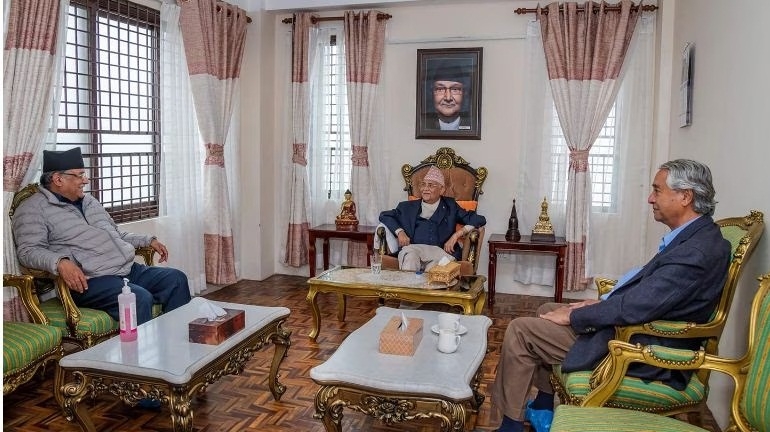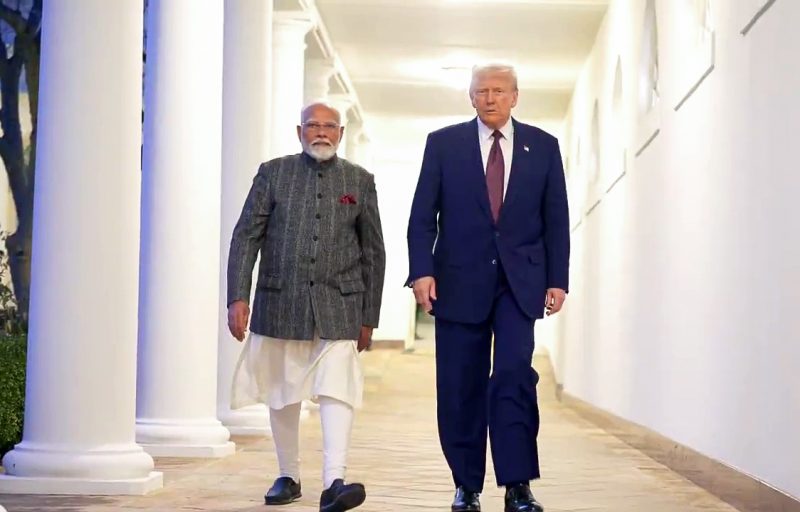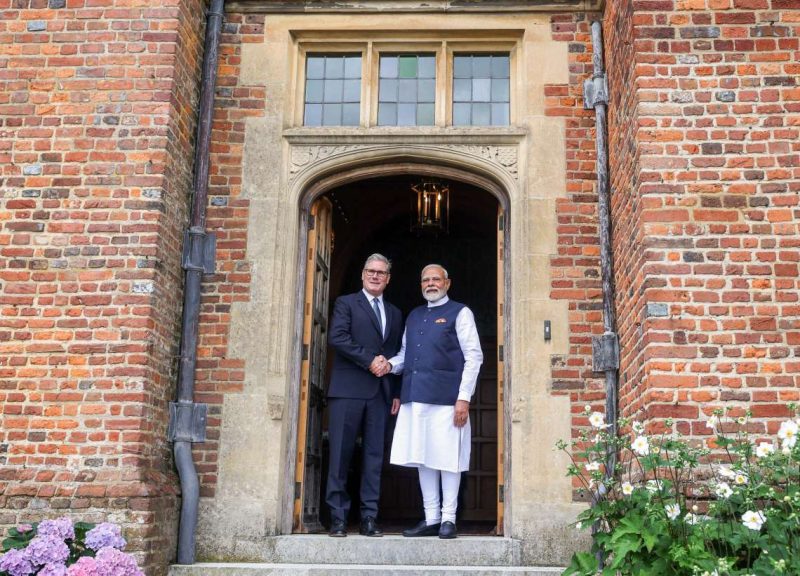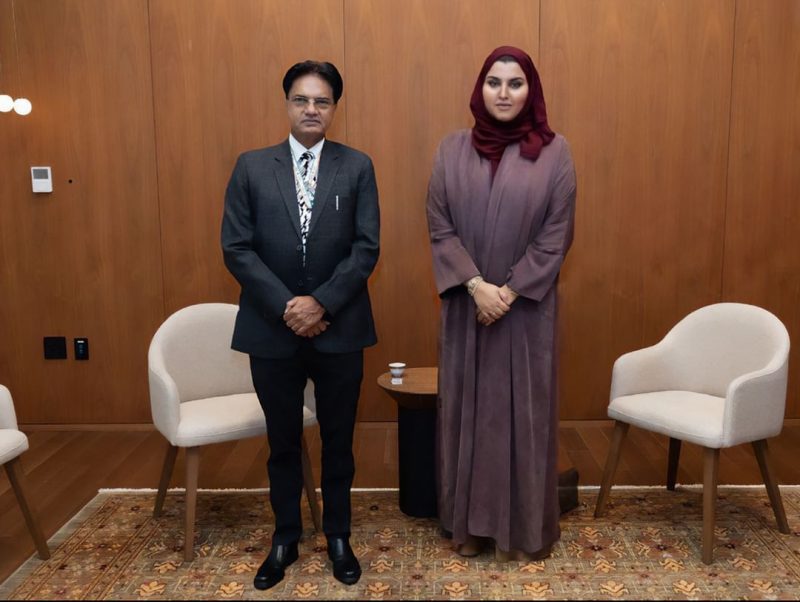A coalition government is inevitable since no party is going to secure the magic number on its own, a report by Santosh Ghimire
As vote counting for the recently held elections enters its final stage, all are eyeing on who will eventually form the government.
Nepal held elections to federal parliament and provincial assemblies on Sunday this week. This was the second time Nepalis voted for the general elections after the promulgation of a republican constitution in 2015.
Out of a total of 275 members of the federal Parliament, 165 are to be elected through direct voting (first-past-the-post) and the remaining 110 are to be elected through proportional representation (PR) category. Similarly, out of a total of 550 members of the provincial assemblies, 330 are to be elected directly and 220 are to be elected through the PR system.
The Nepali Congress and the CPN (UML), which have emerged as the first and second largest force in parliament, are openly staking their claims for the leadership of the government. Both are eager keen to form government under their own leadership by bringing other parties onboard.
At least 138 parliamentary seats are required to form a majority government. In the present situation, no party is going to secure the magic number on its own. Hence, a coalition government is inevitable, according to political observers.

These are possible three scenarios in the post-election scenario:
First scenario: Continuity of existing alliance
The Nepali Congress wants to keep the current ruling alliance intact and take the government leadership. The CPN (Maoist Center), the CPN (Unified Socialist), the Rastriya Jana Morcha and the Madhes-centric Loktantrik Samajbadi Party (LSP) are the members of this alliance. This is also called ‘democratic-left’ alliance.
But the ruling alliance will have a big challenge to meet the required number of seats in parliament. It will therefore be dependent either on newer or smaller parties, according to experts.
“The existing ruling coalition will remain intact if it gets parliamentary backing from new parties like Rastriya Swatantra Party in parliament,” Sitaram Baral, a political analyst based in Kathmandu, told India Narrative.
As per the projections, the Nepali Congress is likely to secure 80 seats, the CPN (Maoist Center) 30 seats and the CPN (Unified Socialist) 10 seats, Loktantrik Samajbadi Party 10 seats and Rastriya Janamorcha one seat.
The combined parliamentary seats of the ruling alliance could be just around 130 and it won’t be enough to muster majority in parliament to form the government. Hence, the Deuba-led alliance will have to seek support either from newer parties like Rashtriya Swatantra Party (RSP) and pro-monarchy Rastriya Prajatantra Party (RPP).
Another challenge for the ruling coalition will be on power sharing, especially picking a common candidate for the post of prime minister. Broadly, there are two strong contenders for the post of prime minister-the incumbent PM Sher Bahadur Deuba and CPN (Maoist Center) Chairman Prachanda.

Apart from that, even within the Nepali Congress, other leaders like Gagan Thapa, Ramchandra Poudel and Shashanka Koirala are also projecting themselves as future prime minister, which can put Deuba in trouble.
The second scenario: Communist-dominated government
In such a scenario, Nepal may get a communist-dominated coalition government in which pro-monarchy forces and smaller parties will be also a player. There might be a coalition among the CPN (UML), CPN (Maoist Center), Janata Samajbadi Party (JSP) and the pro-monarchy Rastriya Prajatantra Party (RPP). The communists may also bring other smaller parties including Nagarik Unmukti Party (NUP) and Janamat Party on board to ensure comfortable majority in parliament.
Although cross-party talks are yet to begin on the formation of the government, the main opposition the CPN (UML), on his part, has already initiated talks for the same. On Wednesday, UML Chairman KP Sharma Oli telephoned CPN (Maoist Center) Chairman Pushpa Kamal Dahal to explore such possibilities.
Third scenario
There could be an unlikely alliance between the Nepali Congress and the UML to form the government. But according to analysts, the alliance is theoretically possible but is seems unlikely at this point of time.
“If the two parties come together, they can comfortably secure majority in parliament. But for now, such alliance is unlikely,” analyst Baral said.
Kingmakers
The Prachanda-led CPN (Maoist Center), Laimchhane-led Rashtriya Swatantra Party (RSP) and Rastriya Prajatantra Party (RPP) will be kingmakers in the formation of the new government in the post-election context. However, RSP has shown little interest to join the government at least for now.
NC leading vote tally followed by UML
As the vote counting progresses, the chief ruling party Nepali Congress is in the first position with 44 seats and leading in 10 seats while the main opposition the CPN (UML) is in the second position with 34 seats and leading in 11 seats under the first-past-the-post (FPTP) category as of Friday afternoon.

Under the proportionate representation (PR) category, the UML is in the first position with 1,121,221 votes followed by the Congress party with 1,063,957 votes.
Two key players in the Congress-led government – CPN (Maoist Center) and the CPN (Unified Socialist)-are performing poorly in the vote tally under the FPTP category. The Maoist party is in the distant third position with 12 seats and leading in six seats while CPN (Unified Socialist) is in in the fourth position with just 10 seats.
The newly-formed Rastriya Swatantra Party is in the fifth position by gaining seven seats and leading in one seat under the FPTP category. However, the party has maintained third position in terms of proportionate representation (PR) category with 531,520 votes, leaving behind the CPN (Maoist) and the CPN (Unified Socialist) who have garnered 486,091 and 80,302 votes respectively.
Electoral alliance didn’t work
The CPN (Maoist Center) and the CPN (Unified Socialist), which went into polls under the ruling Congress-led alliance, have concluded that the electoral alliance didn’t really benefit them in the present election.
“As election results are halfway, we are realizing that the votes of Nepali Congress have not been transferred to other coalition partners including the Maoist Center. This time most Maoist Centre, Unified Socialist and Janamorcha candidates are far behind in vote tally while most Congress party candidates won elections,” Haribol Gajurel, a key leader of the Maoist party told India Narrative.
(The content is being carried under an arrangement with indianarrative.com)
ALSO READ: China encroaches on 36 hectares of northern Nepal land









